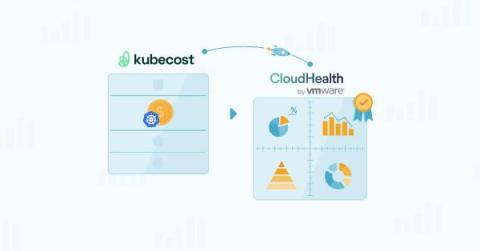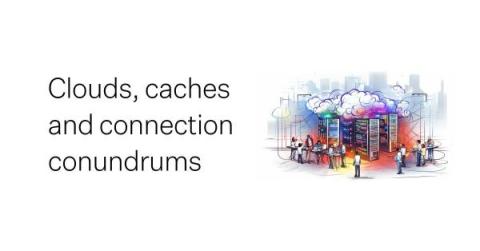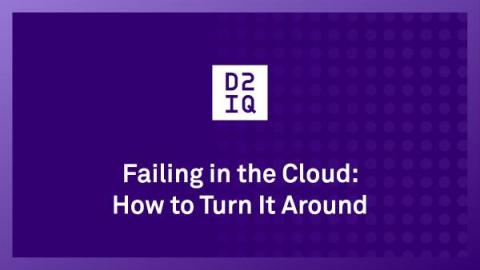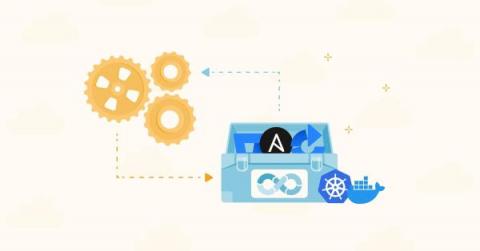Operations | Monitoring | ITSM | DevOps | Cloud
Latest News
Azure Event Grid dead letter monitoring
Run Azure Functions locally in Visual Studio 2022
Auto-Instrumenting OpenTelemetry for Kafka
Apache Kafka, born at LinkedIn in 2010, has revolutionized real-time data streaming and has become a staple in many enterprise architectures. As it facilitates seamless processing of vast data volumes in distributed ecosystems, the importance of visibility into its operations has risen substantially. In this blog, we’re setting our sights on the step-by-step deployment of a containerized Kafka cluster, accompanied by a Python application to validate its functionality. The cherry on top?
The Limitations Of Combining CloudHealth And Kubecost
Clouds, caches and connection conundrums
We recently moved our infrastructure fully into Google Cloud. Most things went very smoothly, but there was one issue we came across last week that just wouldn’t stop cropping up. What follows is a tale of rabbit holes, red herrings, table flips and (eventually) a very satisfying smoking gun. Grab a cuppa, and strap in. Our journey starts, fittingly, with an incident getting declared... 💥🚨
How to Connect Your AWS and Microsoft Azure Environments: A Complete Guide
We explain why you should connect the leading two cloud providers, the options available, and which one is right for your business.
Failing in the Cloud-How to Turn It Around
Success in the cloud continues to be elusive for many organizations. A recent Forbes article describes how financial services firms are struggling to succeed in the cloud, citing Accenture Research that found that only 40% of banks and less than half of insurers fully achieved their expected outcomes from migrating to cloud. Similarly, a 2022 KPMG Technology Survey found that 67% of organizations said they had failed to receive a return on investment in the cloud.
Coralogix vs Google Cloud Operations: Support, Pricing and Features
Google Cloud Operations, formerly known as Stackdriver, is relatively new to the observability space. That being said, its position in the GCP ecosystem makes the platform a serious contender. Let’s explore some of the key ways in which Google Cloud Operations differs from Coralogix, a strong full-stack observability platform and leader in providing in-stream log analysis for logs, metrics, tracing and security data.











